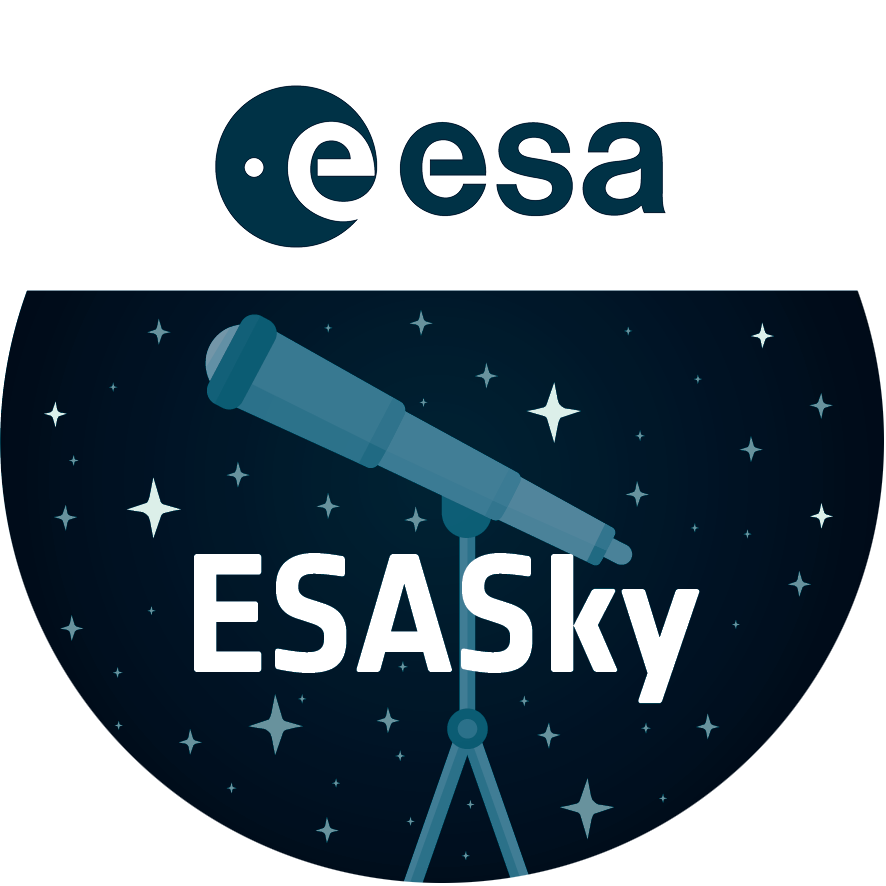A speeding star is caught on Hubble's camera
This NASA/ESA Hubble Space Telescope image shows the hypervelocity star that was kicked out of the centre of our Milky Way galaxy with enough energy to escape the galaxy's gravitational grip. Dubbed HE 0437-5439, the stellar speedster may have been a member of a triple-star system and was jettisoned from the galaxy by the monster central black hole.
Galaxies in this image provide a grid of landmarks, which astronomers used to measure the full speed of this stellar outcast over 3 1/2 years. The stellar outcast is rocketing through the Milky Way's distant outskirts at 2.6 million kilometres per hour, high above the galaxy's disk, about 200,000 light-years from the centre. The star is destined to roam the empty depths of intergalactic space.
Based on the speed and position of HE 0437-5439, the star would need 100 million years to have journeyed from the Milky Way's core. Yet its mass — nine times that of our Sun — and blue colour mean that it should have burned out after only 20 million years — far shorter than the transit time it took to get to its current location. The most likely explanation for this paradox is that the star is a blue straggler, a pair of smaller and longer-lived stars that merged during flight.
Hubble's Advanced Camera for Surveys made this observation on 8 July 2006, in near-infrared light.
Credit:About the Image
About the Object
| Name: | HE 0437-5439 |
|---|---|
| Type: | Milky Way : Star : Type : Blue Straggler |
| Constellation: | Dorado |
| Category: | Stars |
Coordinates
| Position (RA): | 4 38 12.66 |
|---|---|
| Position (Dec): | -54° 33' 10.25" |
| Field of view: | 1.59 x 1.59 arcminutes |
| Orientation: | North is 145.2° left of vertical |
Colours & filters
| Band | Wavelength | Telescope |
|---|---|---|
| Infrared Z | 850 nm |
Hubble Space Telescope
ACS |


